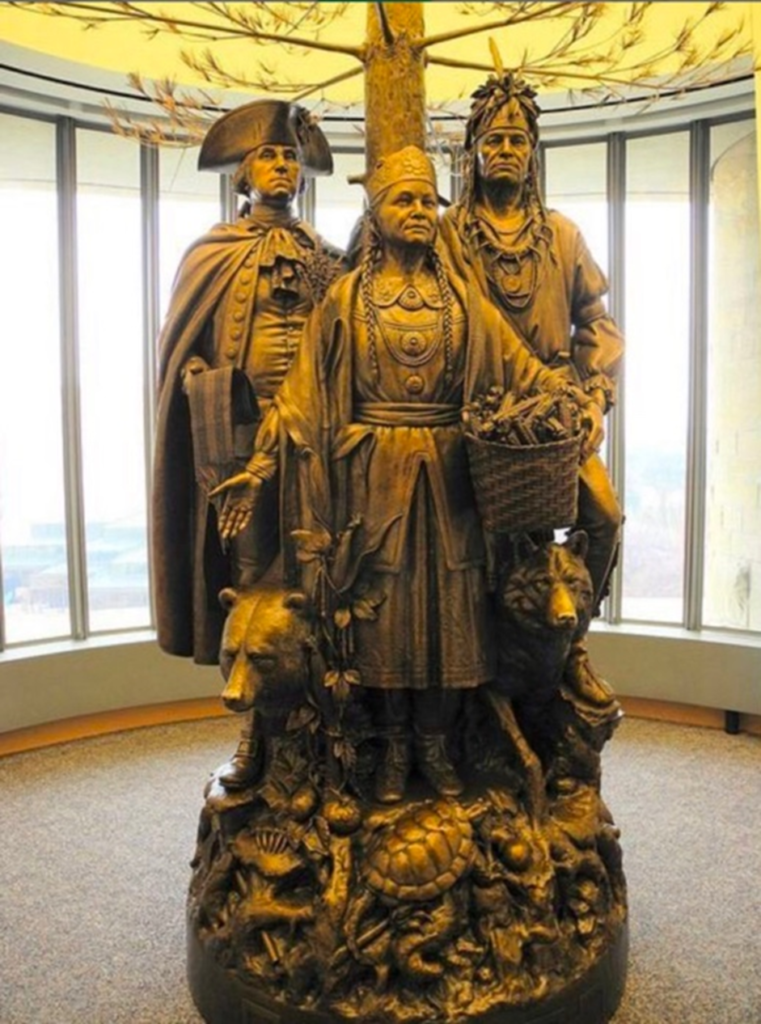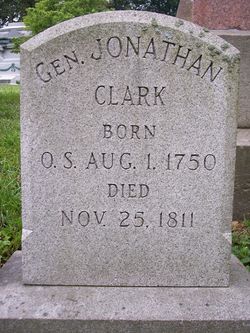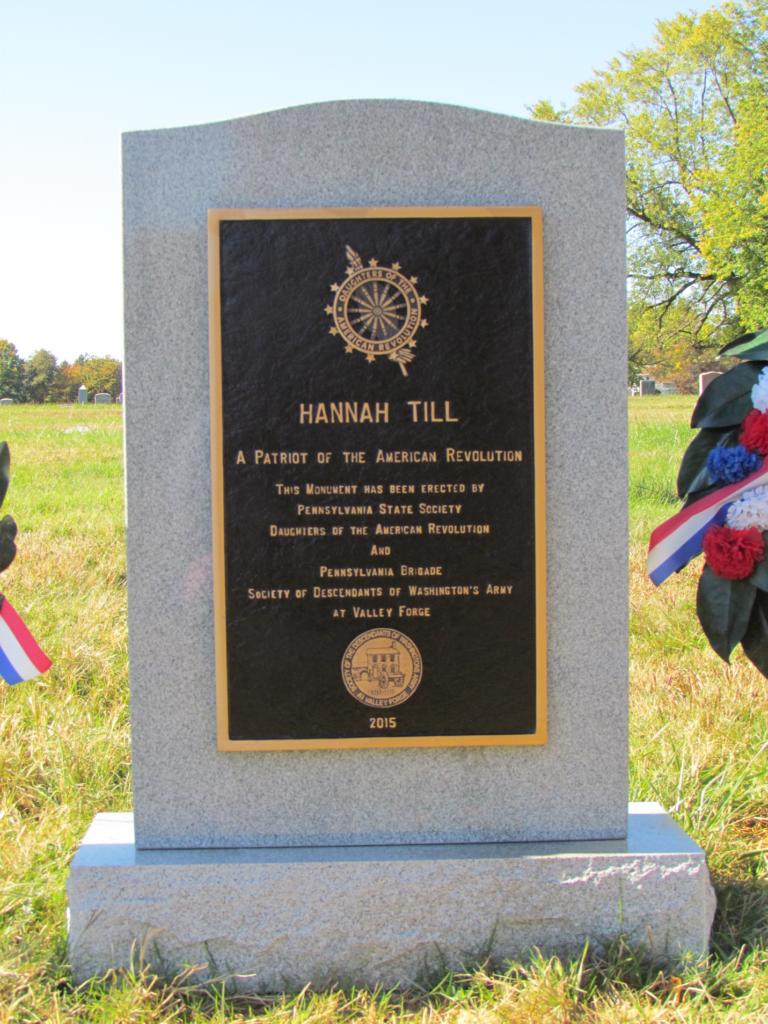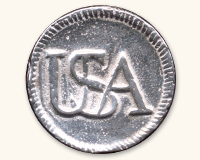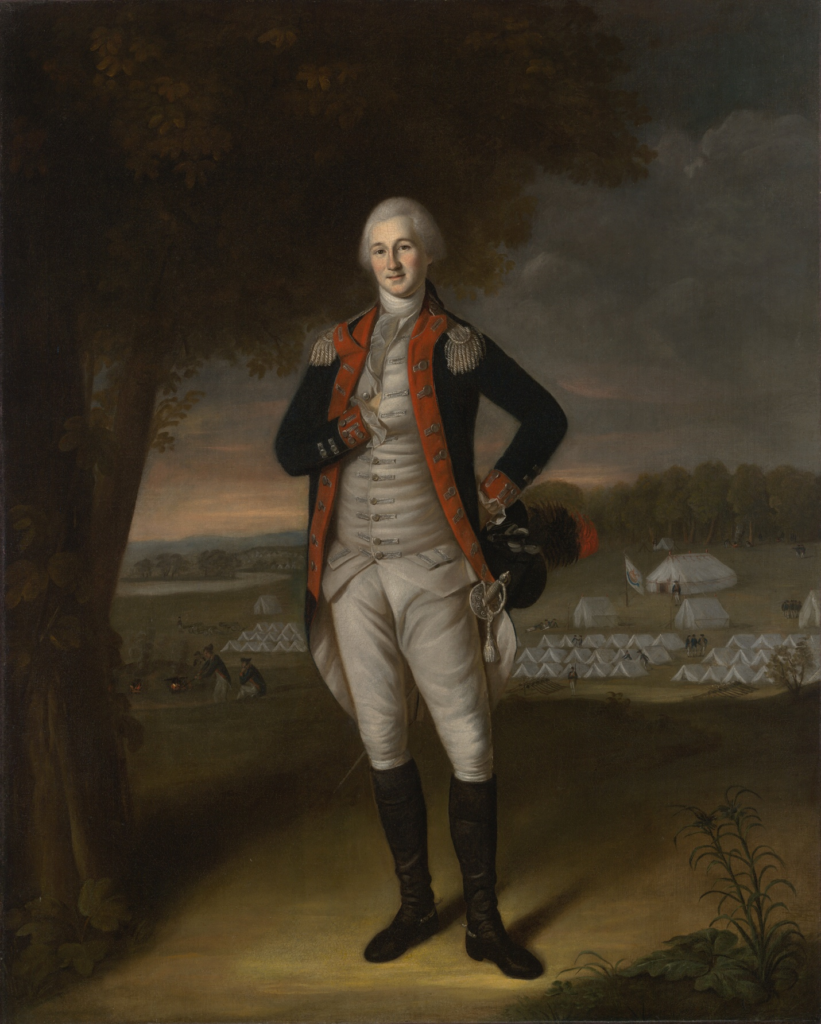Griffin Greene, Paymaster
A look at some behind-the-scenes roles that were crucial to the war effort
By Rachael Pei
Money is a powerful motivator. For the soldiers at Valley Forge, even though pay was sporadic due to inflation/money shortages [1], it played a part in encouraging them to enlist and dampening mutinies or desertions. Paymasters—the people in charge of paying troops their wages—were therefore vital in sustaining the Continental army. One such officer at the encampment was Griffin Greene, cousin of the famed Major General Nathanael Greene.
Griffin was born on February 16, 1749, in Warwick, Rhode Island [2]. He married Sarah Greene and they had four children [3]. In 1775 he enlisted as a commissary to Rhode Island troops [3, 4]. Commissaries’ main duties were obtaining and distributing food and supplies to soldiers. In 1777 he became the paymaster of the 1st Rhode Island regiment (commanded by his brother-in-law, Colonel Christopher Greene) and held this role while the army was at Valley Forge [3].
When Nathanael Greene was appointed to Quartermaster General in 1778, Griffin became one of his deputies [3]. Griffin and Nathanael were quite close: “Among the earliest attachments of the general’s life, was one formed with a cousin of the name of Griffin Greene. And to the close of their lives, the affectionate regard in which they held each other, was nearly proverbial” [5]. During the war, they frequently wrote to each other about occurrences or struggles they experienced [6]. Quartermasters were responsible for distributing provisions to troops, so the pair occasionally discussed prices of goods or purchasing strategies in their letters as well [6].
After he was discharged in 1783 [4], Griffin became one of the first settlers of Marietta, Ohio. He served in various governmental roles there, including justice of the peace, revenue collector, judge, and postmaster [3]. Griffin was later chosen as a director of the Ohio Company of Associates after the death of James Mitchell Varnum in 1789 [3]. As an additional note of interest, Meriwether Lewis (best known for his leadership in the Lewis and Clark Expedition) met with Griffin while in Marietta before he started his westward trek [3].
Griffin died in June 1804 while serving as Marietta’s postmaster and was buried in Mound Cemetery [3, 4, 7]. Described as “a man of intelligent aspect, quick apprehension, and a ready, vigorous application of his mind to any subject before him” [3], Griffin Greene reminds us of people in lesser-known roles that were just as important to the war effort as those involved in battlefield maneuvers.
Sources:
- allthingsliberty.com/2021/05/the-predicament-we-are-in-how-paperwork-saved-the-continental-army/
- services.dar.org/Public/DAR_Research/search_adb/?action=full&p_id=A046940
- military-history.fandom.com/wiki/Griffin_Greene
- www.fold3.com/image/615878684?xid=1022&_ga=2.138142512.1601066315.1633727132-1850433631.1619110538
- Johnson, W.: Sketches of the Life and Correspondence of Nathanael Greene, Vol. I, A. E. Miller, Charleston, South Carolina (1822), pg. 128
- finding-aids.lib.unc.edu/00290/#folder_1#1
- founders.archives.gov/documents/Washington/05-10-02-0243
https://upload.wikimedia.org/wikipedia/commons/thumb/5/5b/GriffinGreene.jpg/180px-GriffinGreene.jpg





